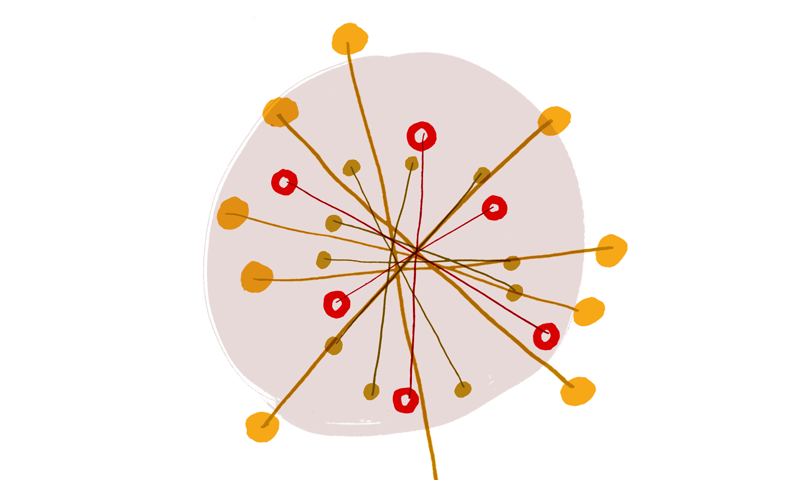http://www.youtube.com/watch?v=TRZAJY23xio“As you evolve a great idea, it changes and grows. It never comes out as it starts because you learn a lot more. Every day you discover something new; a new problem, a new opportunity to fit these things together a little differently. And it’s that process that’s the magic.”
On Responsible Time Travel

This is a post about Time Travel; about the thrill of propelling oneself into the future and returning moments later bursting with stories and brushing frosty spacetime scum from your sleeves. I wanted to cover this in a recent talk, but somewhat ironically, there wasn’t time. It’s important though, time travel. And you’re already doing it. I just want to help you do it less dangerously.
In said talk, I included a slide that looked like this:

Yes, it was a bit of a career-low, using a road metaphor, but it helped make a simple point: that the further you go down any one road/avenue without checking it’s the right direction, the greater the risk. Common sense really. The thing is, this would probably have been a more appropriate image:

And that’s because I was really talking about going down that road, mentally/conceptually. Whenever you think, discuss or sketch what something *could* be, you are time-travelling. You’re leaving the present and envisioning, describing, drawing or planning for a moment in the future. Stuart Eccles wrote a great post about time-travelling designers, but I’d like to extrapolate his point, because time travel is something we all do.
We have to do it. Or we’d accept how things are and never try to change anything. Time travelling is amazing and important. Some of the greatest innovators in history have been the most prolific time travellers. But they also understand the rules of time travel.
As Stuart says in his post, the further into the future you travel, the fuzzier your vision should be. It’s fuzzier because there are more steps; more unknowns between where you are and where you think you can go. The trick is to make regular trips to the future, but not to spend too long there. But it’s seductive; your desire to see that future materialise can cloud your judgement and lead you to manipulate others - and even yourself:

We all time-travel: designers, developers, strategists, managers. But strategists are most susceptible to being ‘turned’, because they are asked to spend the most time there. Worse: they are sometimes tasked with getting clients to spend more time there too, until they’re dizzy from inhaling wormhole particles and start to think they live there and that the necessary steps from the *real* present are therefore irrelevant.
As Steve Jobs said:
If you’re worried you spend too much time in the future, make sure you spend lots of time with people more rooted in the present (and very near future). See if they stare at you funny or ask you to tell them who you think the current President is.
Be a responsible time traveller. Go briefly but often. Remember what day it is. Help others to see what might be possible. And be open to an entirely different future emerging. The future’s not yet written, so don’t kid yourself that you can see it crisply.
Continue reading
MxM Bike Ride 2014
Once a year a small group of us get together for a bike ride. Rather than trying to set a PB on Strava the aim is to leisurely make it from A to B whilst ...
TimeOut MxM 15
At the start of this week the Many went on an adventure to Essex to climb ladders, shoot arrows at each other and reflect on the past year. We also discus...
How to Adobe-ify your keyboard shortcuts in Keynote
Keynote is one of the best design tools out there. We have been using it at Made by Many for a while now. From prototyping and testing hypotheses all the ...


